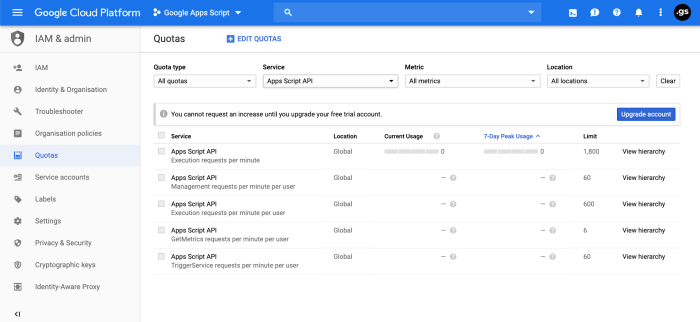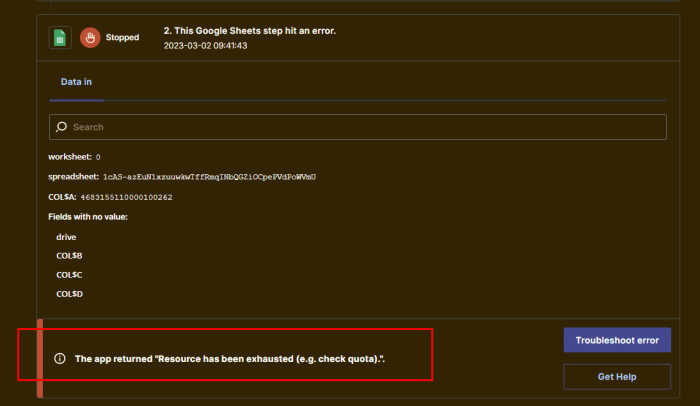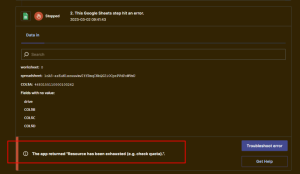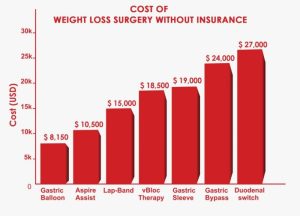
Displaying Spa Services & Packages

Presenting spa services and packages effectively is crucial for attracting guests and driving bookings at top-rated resorts. A clear, visually appealing, and informative display of services is essential for converting potential clients into paying customers. This involves not only listing treatments but also showcasing their value proposition and making the booking process seamless.
Spa Service Information Presentation
The presentation of spa services should be both comprehensive and easily digestible. A structured format, using bullet points, is ideal for highlighting key details without overwhelming the reader. For instance, a service description might include the treatment duration, a brief description of the process and benefits, and any special inclusions (e.g., aromatherapy oils, specific massage techniques).
- Signature Massage (60 minutes): A deeply relaxing full-body massage using Swedish techniques, incorporating aromatherapy oils chosen to suit individual needs. Promotes relaxation, reduces muscle tension, and improves circulation.
- Rejuvenating Facial (90 minutes): A customized facial treatment designed to cleanse, exfoliate, and hydrate the skin. Includes a deep cleansing, exfoliation, mask application, and a relaxing facial massage. Leaves skin feeling refreshed and radiant.
- Body Wrap (75 minutes): Choose from a range of therapeutic body wraps designed to detoxify, nourish, and revitalize the skin. Options include seaweed, mud, or chocolate wraps, each offering unique benefits.
Pricing and Booking Methods
Clearly displaying prices is essential for transparency and allows guests to easily compare services. Prices should be prominently featured alongside the service description, ideally using a consistent format (e.g., currency symbol followed by the numerical price). Several booking options should be available to cater to different guest preferences. These might include online booking through the resort’s website, booking via phone, or in-person booking at the spa reception.
For online bookings, a secure and user-friendly booking system is crucial.
Visual Presentation of Spa Treatments
High-quality images are invaluable in showcasing the ambiance and treatments offered. Each spa service should ideally be accompanied by a professional photograph that captures the essence of the treatment. For example, a picture of a therapist performing a massage might showcase the calm atmosphere and the relaxing nature of the treatment. Descriptive captions should accompany each image, highlighting key aspects of the service and enhancing the visual appeal.
For example, an image depicting a couple enjoying a couples massage could have a caption like: ” Indulge in our luxurious couples massage, designed to promote relaxation and connection. Enjoy the tranquil atmosphere and rejuvenating touch of our expert therapists.”
Another example could be an image showcasing a facial treatment, with a caption such as: ” Our Rejuvenating Facial uses high-quality products to cleanse, exfoliate, and hydrate your skin, leaving you with a radiant and healthy glow.”
Handling Images & Visuals

High-quality visuals are crucial for showcasing the luxury and ambiance of your resort and spa. Effective image management ensures a positive user experience and contributes significantly to your website’s overall success. This section details best practices for handling images to optimize performance and maintain visual appeal.
Descriptive Alt Text for Images
Descriptive alt text is essential for accessibility and . Each image should have alt text that accurately describes its content. For example, instead of “Image of spa,” use “Relaxing couple enjoying a couples massage in our luxurious spa suite, featuring a private balcony overlooking the ocean.” This provides context for visually impaired users and search engines, improving accessibility and search ranking.
Alt text should be concise but informative, focusing on the key elements of the image and its relevance to the page content. Avoid stuffing; prioritize clear and natural language.
Optimizing Image Loading Speed and Responsiveness
Slow loading images frustrate users and negatively impact . Several techniques improve image loading speed:
- Compression: Use tools to compress images without significant loss of quality. This reduces file size, leading to faster loading times. Aim for a balance between image quality and file size.
- Proper Formatting: Use appropriate image formats like WebP for superior compression and quality. JPEG is suitable for photographs, while PNG works well for graphics with sharp lines and text.
- Responsive Images: Implement responsive image techniques like the `srcset` attribute in HTML `
` tags. This allows the browser to choose the most appropriate image size for different screen resolutions, optimizing performance on various devices.
- Lazy Loading: Employ lazy loading, a technique that delays the loading of images until they are visible in the viewport. This significantly improves initial page load time, especially on pages with many images.
Incorporating High-Resolution Images Without Compromising Website Performance
High-resolution images enhance the visual appeal of your website. To avoid performance issues, use techniques like:
- Progressive JPEGs: These load a low-resolution version of the image first, gradually improving the quality as it loads. This provides a faster initial display while maintaining high visual quality.
- Image CDNs: Content Delivery Networks (CDNs) distribute your images across multiple servers globally. This ensures that users receive images from a server geographically closer to them, reducing latency and improving loading times. Examples include Cloudflare, Amazon CloudFront, and Google Cloud CDN.
- Image Optimization Plugins: Several plugins for content management systems (CMS) such as WordPress automate image optimization, resizing, and compression. These tools simplify the process of managing large numbers of images.
Handling Missing or Low-Quality Images Gracefully
Missing or low-quality images damage the user experience. Implement a system to gracefully handle such scenarios:
- Placeholder Images: Use placeholder images (low-resolution versions or generic images) as a fallback for missing or loading images. This prevents broken image displays and maintains a consistent layout.
- Error Handling: Implement error handling in your code to catch instances of missing images and display an appropriate message or a default image. This ensures a seamless user experience even when image loading fails.
- Regular Image Audits: Regularly audit your images to identify and replace missing or low-quality images. This proactive approach prevents issues from impacting your website.






